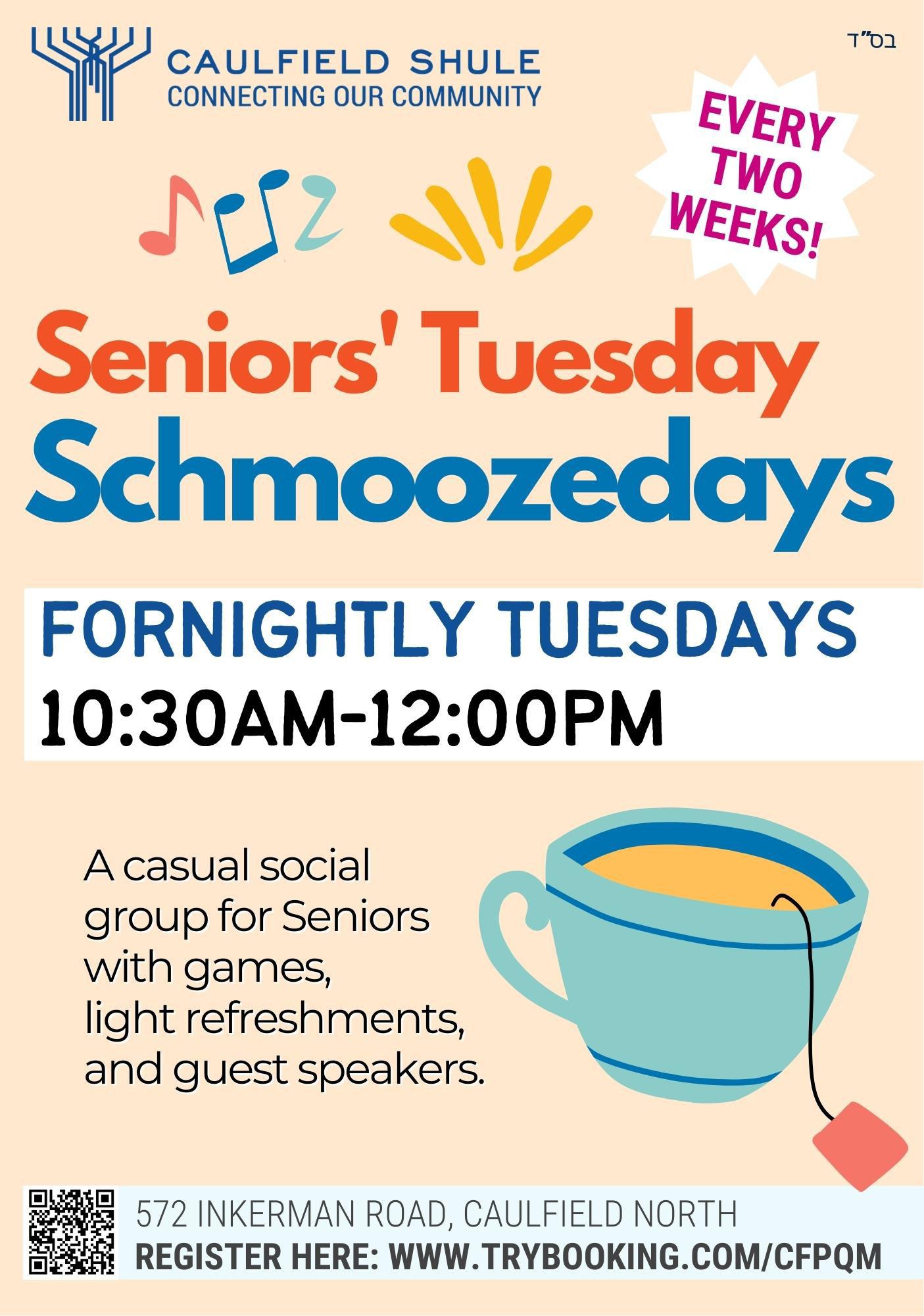
1 minute read
Just say “YESH”
historical and the modern, the religious and political aspects of life in Israel, and reach their own conclusions.
At the end of 2022, The King David School’s largest cohort ever spent a month in Israel on its signature YESH (Yisrael Sheli – my Israel) program, an immersive learning experience. Traditionally involving Year 10 students, last year included Year 11 students who missed the opportunity to attend the year before due to COVID restrictions.
The overarching emphasis of YESH is the educational triangle of Land, People, State. The program is an opportunity for students to gain a deep understanding of Jewish history and to personally experience the cultures of the country they learn about at school. Pupils are challenged to compare the written in a completely different alphabet from the one that we use today. Though scrolls were an advance on previous methods of recording information, such as tablets of wax or stone, they had their drawbacks, one of which was that they did not permit random access. Only sequential access was possible.
Key goals of YESH include cultivating independence and resilience, as well as strengthening friendship and trust within the cohort.
Some of the highlights included exploring the ancient cities of Jaffa and Masada, visiting the Negev, including hearing from a member of the Bedouin community, hiking in Ben Gurion National Park and Shabbat at Kibbutz Lotan.
The culmination of this life changing experience was a final Shabbat in Jerusalem, touring the Old City and coming together at the Kotel.
With support from generous donors, The King David School is committed to continuing to make YESH accessible to all Year 10 students.
Anyone tasked with moving from one place in a Sefer Torah to another and having to roll the scroll can testify to

Possibly as a result, after the Dead Sea Scrolls, we have a period of roughly seven hundred years for which we can find no signs of Hebrew writing. This period of darkness was ended by the Sassoon Codex, which was followed fairly shortly by several other Codices –the Leningrad Codex, the Aleppo Codex and the Codex Cairensis to name but a few. Soon the Codex came to be the preferred way of writing holy books.
The Sassoon Codex is remarkable in another way as it shows the development of the Masorah – the notes added to the holy text by the masoretes, scribes and scholars living in various places in Israel and Iraq, but principally in the town of Tiberias.
CONTINUED ON PAGE 14
AROUND







